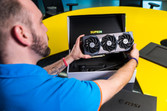
Build your own Intel PC with LGA 1200 socket
The Intel LGA 1200 socket is compatible with the Intel Core 11th and 10th generation processors. These parts are a bit older and support DDR4 and PCIe 4.0. This allows you to build a powerful desktop without paying too much.
Compose your own PC with a 10th or 11th gen Intel processor
The Intel 10th and 11th gen processors are only compatible with a motherboard that has an LGA 1200 socket. Also keep in mind what the DDR version of your motherboard and the maximum clock speed are. A DDR4 module only works with a DDR4 motherboard. Also check the performance of your processor and video card to prevent bottlenecks.
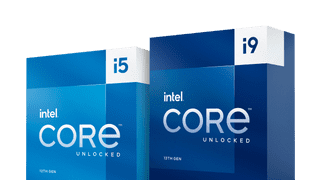
Choose your processor
Your processor is the heart of the PC. The 10th and 11th gen CPUs support DDR4 and up to PCIe 4.0, but the 11th gen is slightly faster. Choose i3 for basic tasks, i5 for photo editing, i7 for videos and light gaming, and i9 for demanding gaming.
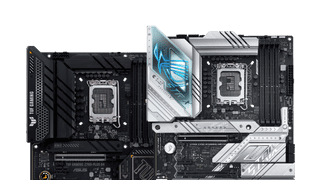
Choose your motherboard
You place all your PC components on your motherboard. The most important difference is the socket and the DDR version. Your processor and RAM have to match those perfectly, or your setup won't work. The Z series is overclockable and offers the most options.
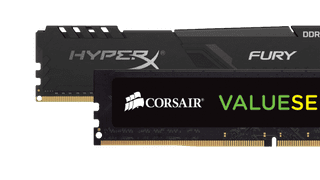
Choose your RAM
With RAM, you perform tasks without delays. The 10th and 11th gen processors are only compatible with DDR4 RAM. Which DDR version and clock speed you need, depends on your motherboard. Check this before your purchase.

Choose your processor cooler
A processor cooler actively leads away the hot air from your CPU via air or water. A water cooler works better, but it's easier to install an air cooler. Your CPU's socket is also the determining factor here. That's why you should always choose an LGA 1200 socket processor cooler.

Choose your video card
Enjoy graphics with a video card. The power differs per chipset. An RTX 3060 is mainly suitable for Full HD, 3070 for QHD, and 3090 for 4K. Also make sure the video card matches the processor. An RTX 3090 works best with an i9-11900K, for example.

Choose your computer casing
You install all your components in a computer case. The largest cases have an E-ATX size, but ATX is most common. The motherboard you choose basically decides the size of your chosen case. The larger the case, the more space you have for your components.
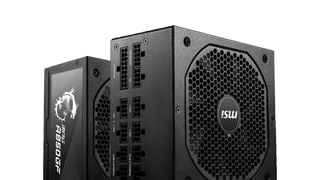
Choose your computer power supply unit
With a computer power supply unit, you'll provide all your components with power. Remember that more powerful components need a higher wattage. An i9 with an RTX 3090 video card needs a more powerful power supply unit than an i5 RTX 3060 setup.
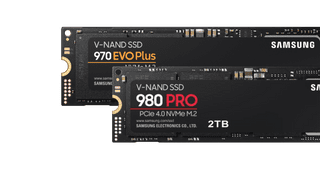
Choose your NVMe SSD
Reduce loading times with a PCIe SSD. These small powerhouses reach speeds of up to 7.5GB/s. Note: some motherboards only support PCIe 3.0, while others support PCIe 4.0. Want enough space for your games? Choose 2TB.
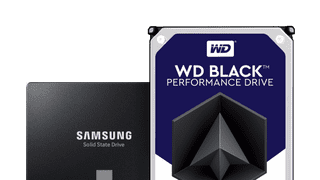
Choose your SATA storage
Store all your files and other games on SATA storage space. These are slower than NVMe, but generally over more storage capacity. Store your less played games and business files if you also want to save those.
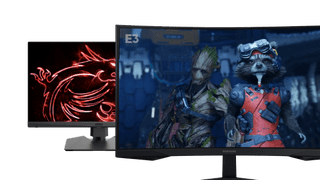
Choose your gaming monitor
Complete your setup with a gaming monitor that can handle your desired gaming power. With high refresh rates and low reaction times, your images will be smooth on the screen and you'll see your opponents before they can see you.
You need this for an LGA 1200 PC
Build a gaming desktop: this is how you do it
- Choose components. The basic components are a processor, motherboard, and RAM. In addition, you need a video card for (gaming) images and a suitable power supply. You can save all your games and your operating system on an SSD and/or hard drive. You have to install all components in a case with proper cooling. Always check the compatibility.
- Choose performance. The components that you choose determine the performance of your PC. Generally, the higher the number, the more powerful. For example, an Intel i7 processor is faster than an I5, and an RTX 4090 video card is more powerful than an RTX 4080 video card.
- Build PC. When everything is delivered, you can start building the PC. This seems difficult at first glance, but it's not if you take your time. We'll explain how to do it in the video.




